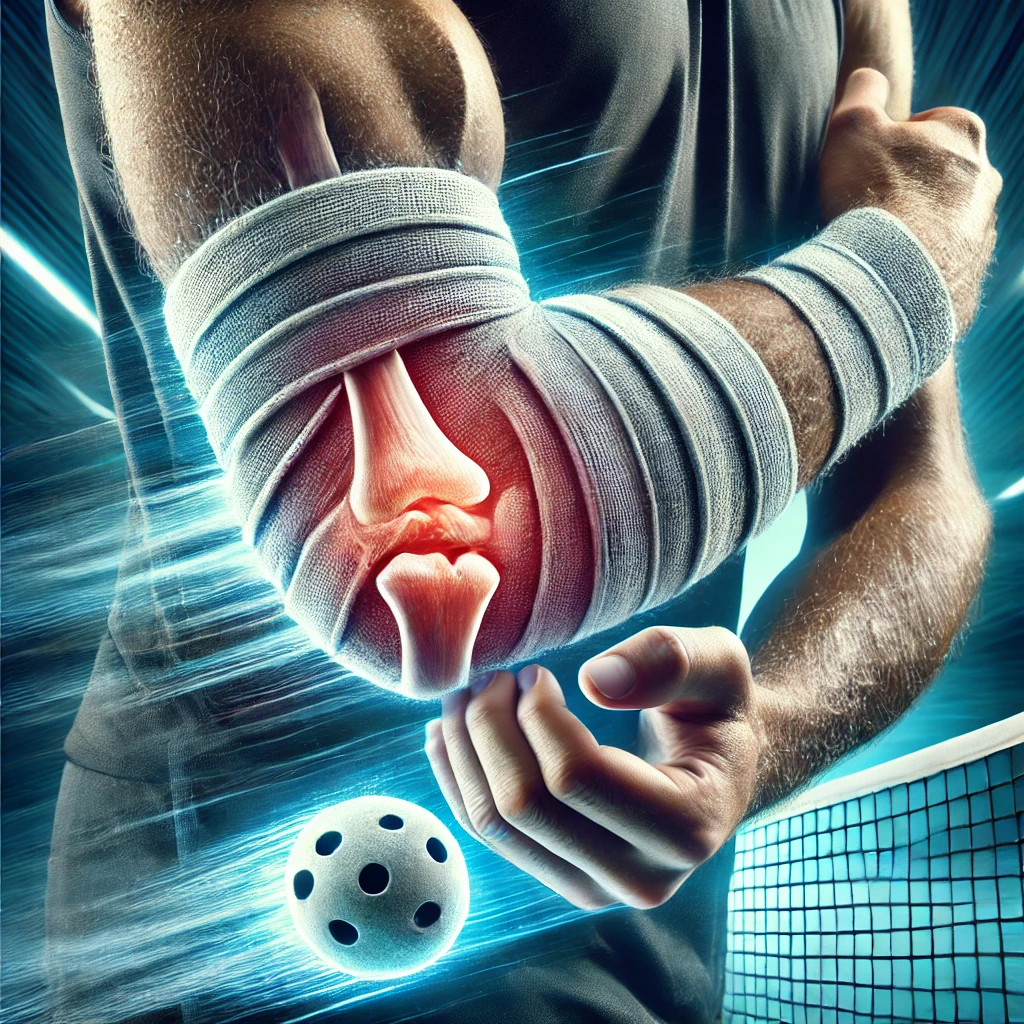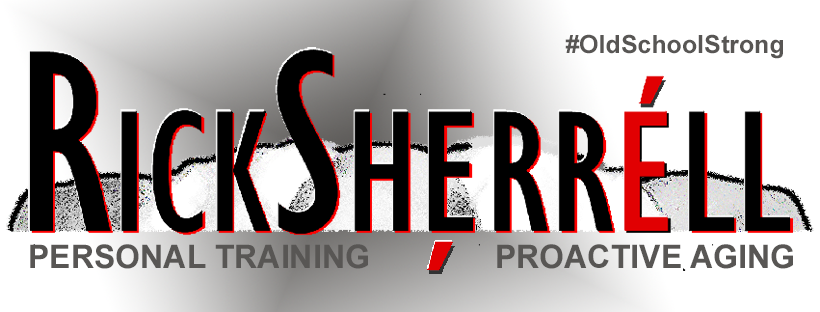
If tennis elbow is keeping you from enjoying your time on the pickleball court, you’re not alone. This common overuse injury doesn’t just affect tennis players; it’s notorious among pickleball enthusiasts too. The good news? With a few simple adjustments and some proactive care, you can reduce pain, protect your arm, and get back to playing at your best.
Grip It, Don’t Rip It: Adjusting Your Paddle Grip
One of the biggest contributors to tennis elbow is gripping your paddle too tightly. That death grip puts excessive strain on your forearm muscles and tendons, leading to inflammation and discomfort.
Here’s how to lighten the load:
- At the Kitchen: Keep your grip light, around a 3-4 on a scale of 10. A softer grip allows for better control and reduces unnecessary strain.
- For Groundstrokes and Serves: Increase your grip to a 7-8 for stability and power, but avoid clenching too hard.
- Pro Tip: Lift your pinkie—and even your ring finger—slightly off the paddle handle. This automatically lightens your grip and reduces tension in your forearm.
Show Your Forearm Some Love
Tennis elbow often starts with tight, overworked forearm muscles. To keep them happy and healthy, incorporate these self-care techniques:
- Massage and Foam Rolling: Use a foam roller or massage ball to release tension in your forearm muscles. Focus on areas that feel tight or tender.
- Acupressure: Apply gentle pressure to trigger points in your forearm to alleviate discomfort.
- Stretching: Stretch your wrist flexors and extensors daily to maintain flexibility.
Strengthen to Protect Your Elbow
Building strength in your forearms and wrists can prevent future issues and support your pickleball game. Try these simple exercises:
- Wrist Curls: Use a light dumbbell or resistance band to strengthen your wrist flexors and extensors.
- Tennis Ball Squeezes: Squeeze a tennis ball or stress ball to build grip strength and endurance.
- Towel Wringing: Grab a towel, twist it as if you’re wringing out water, and alternate directions. This strengthens your grip and reduces strain on your elbow.
Functional Fitness for Pain-Free Play
From the Proactive Aging Blueprint: “Strength, mobility, and recovery are essential for staying pain-free and performing your best—on the court and in life.”
Tennis elbow isn’t just a pickleball problem; it’s a sign that your body needs better support and recovery practices. Addressing the issue ties directly into the Blueprint’s focus on proactive maintenance and functional fitness:
- Mobility: Foam rolling and stretching keep your muscles and tendons flexible and reduce the risk of injury.
- Strength: Targeted exercises build resilience in your forearms, wrists, and grip, preventing overuse injuries.
- Recovery: Regular self-care practices like massage and acupressure ensure your body stays ready to perform.
Your Challenge: Make These Adjustments Today
- Start with your grip—lighten up and test different levels during your next game.
- Add forearm massage and foam rolling into your daily routine.
- Pick one strengthening exercise (like wrist curls or towel wringing) and commit to doing it for the next week.
Post in the comments: How have these tips helped you, and do you have any elbow-saving hacks of your own?
PEACE.
Rick
👉 Want to strengthen your body for pain-free play? Check out my Pickleball-Specific Fitness Programs or if that elbow is really a problem, check out my DIY Elbow, Wrist and Hand Program to help you be pain-free. While your at it, grab the Proactive Aging Blueprint to build strength, mobility, and resilience for your game and beyond.
